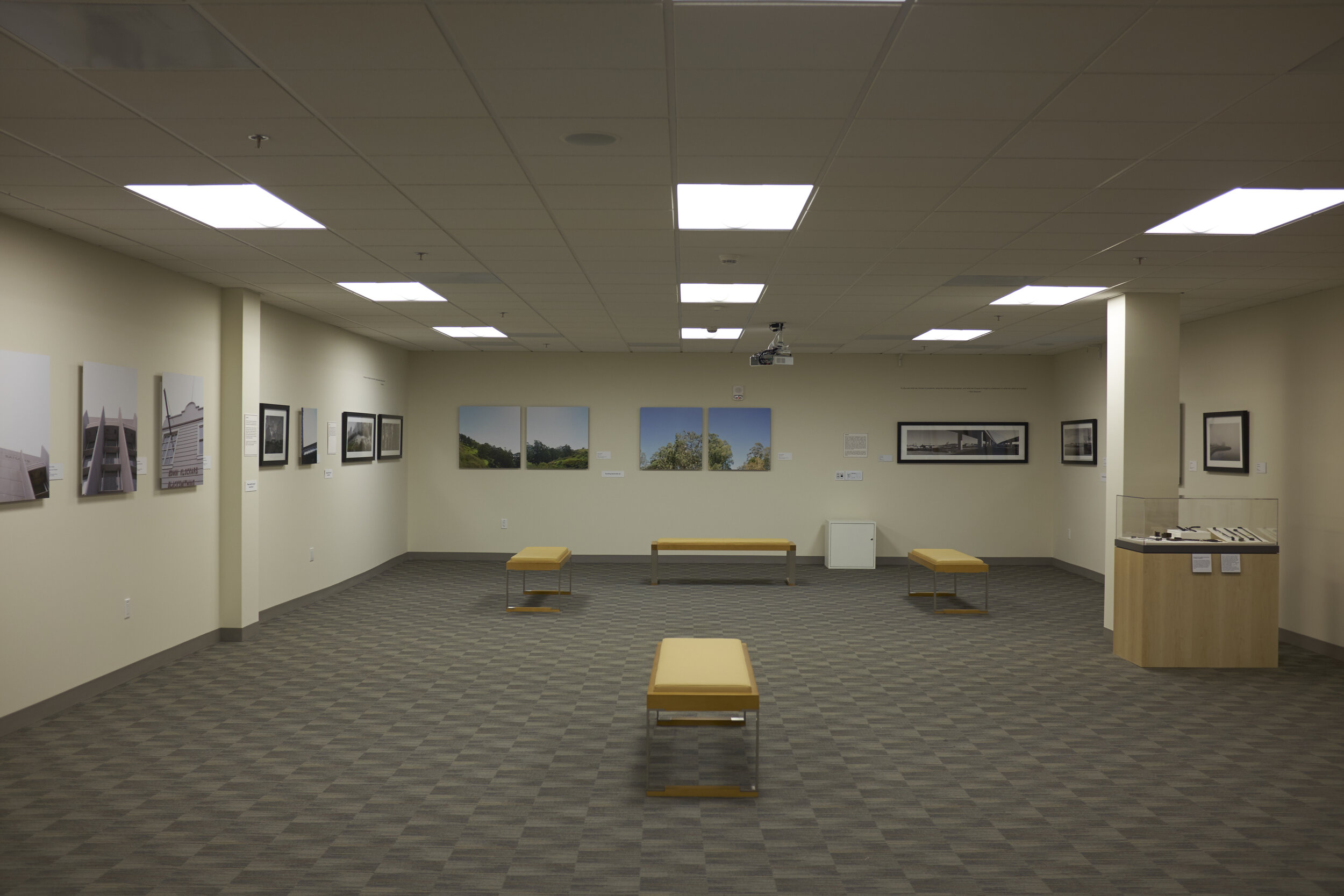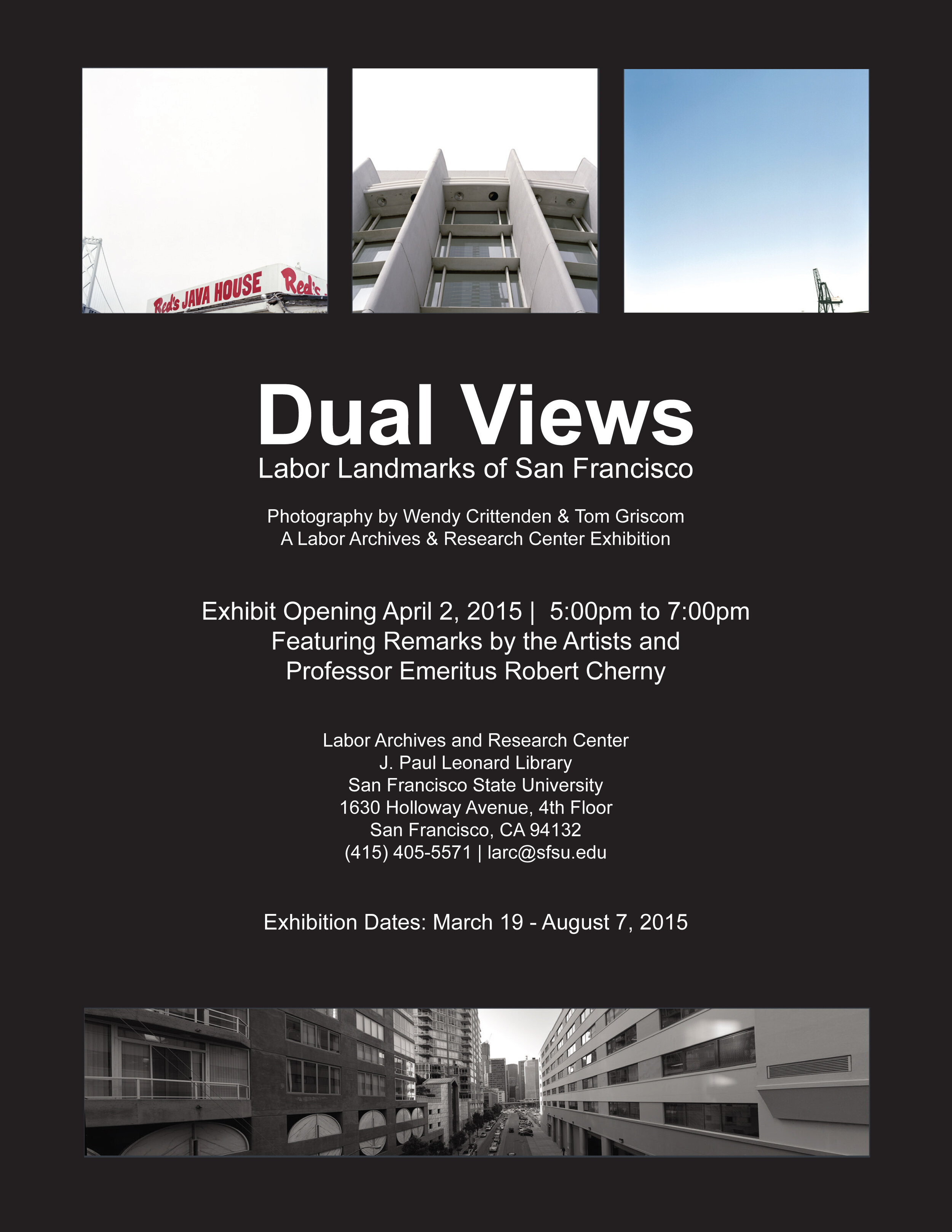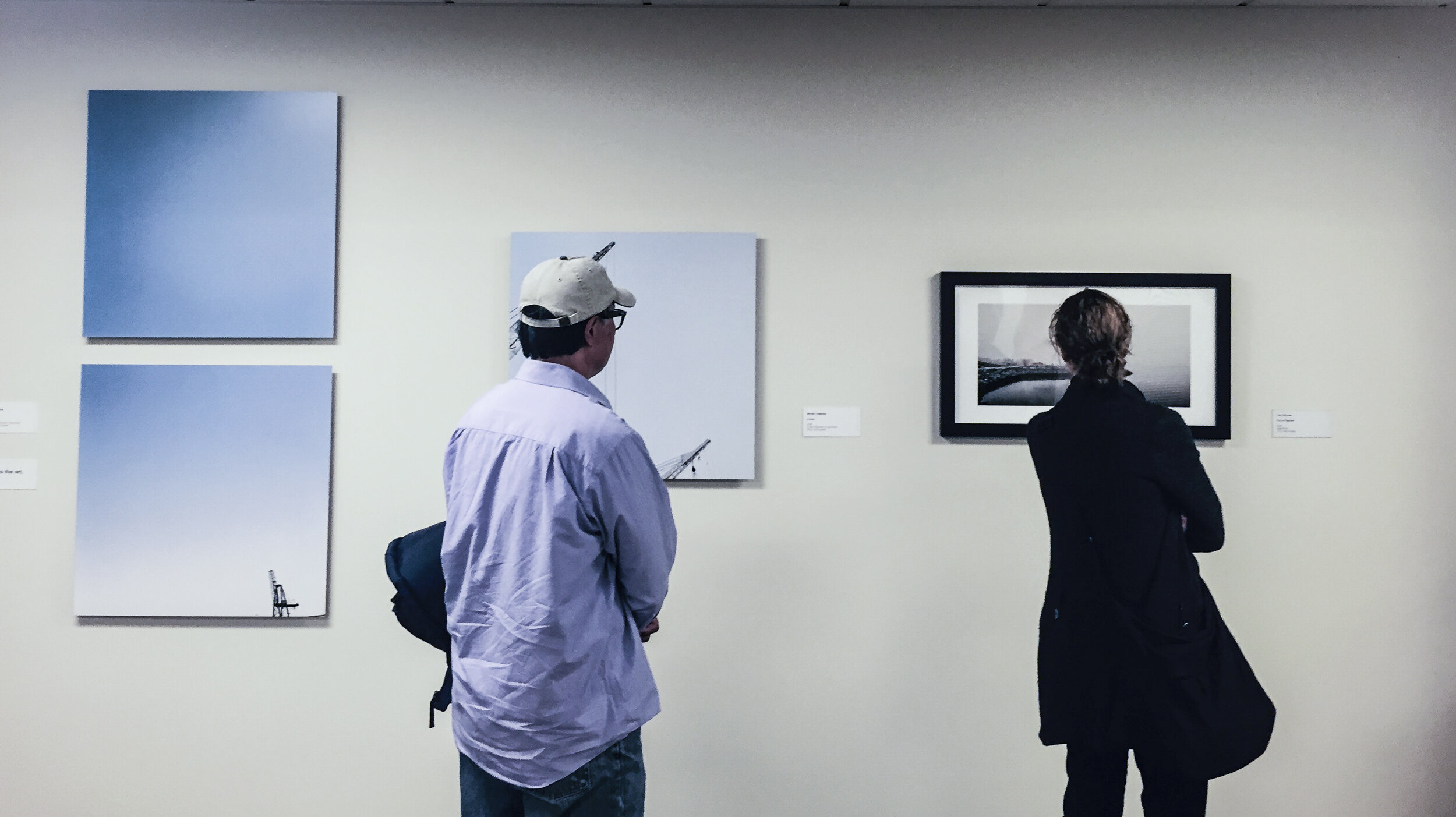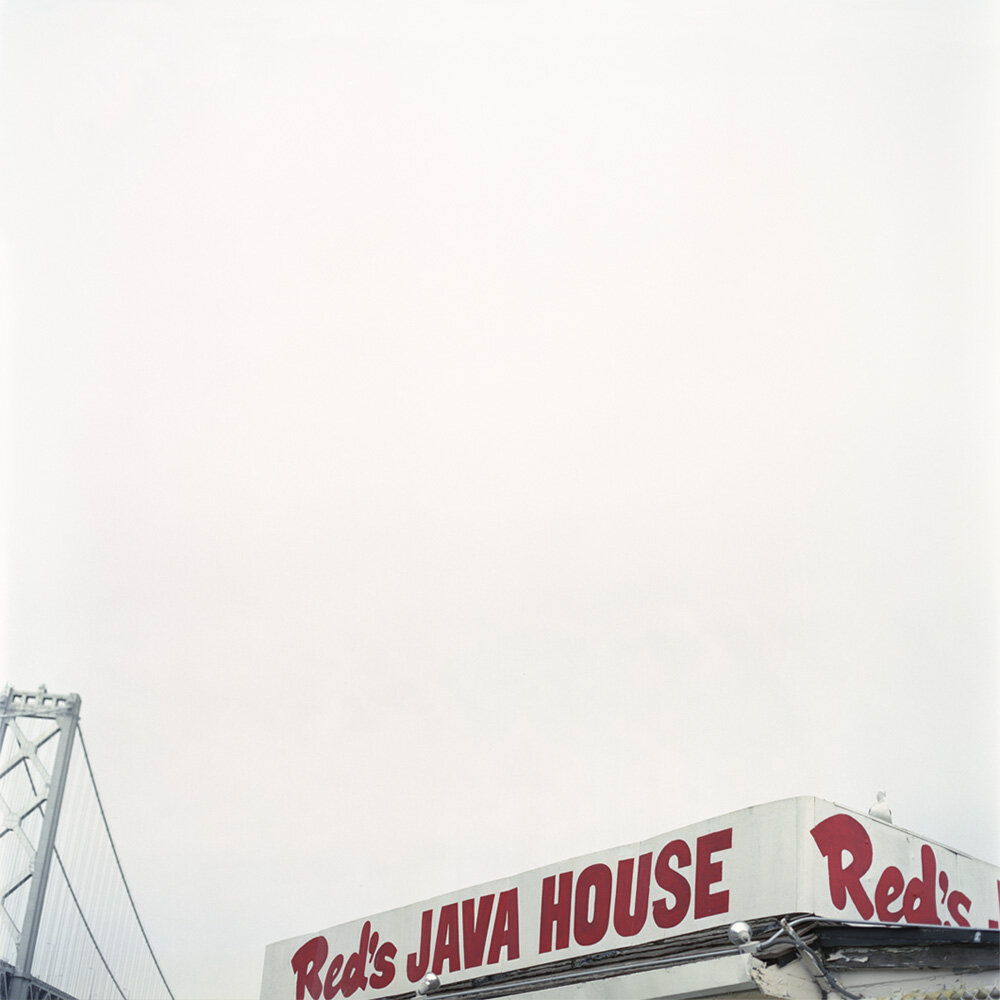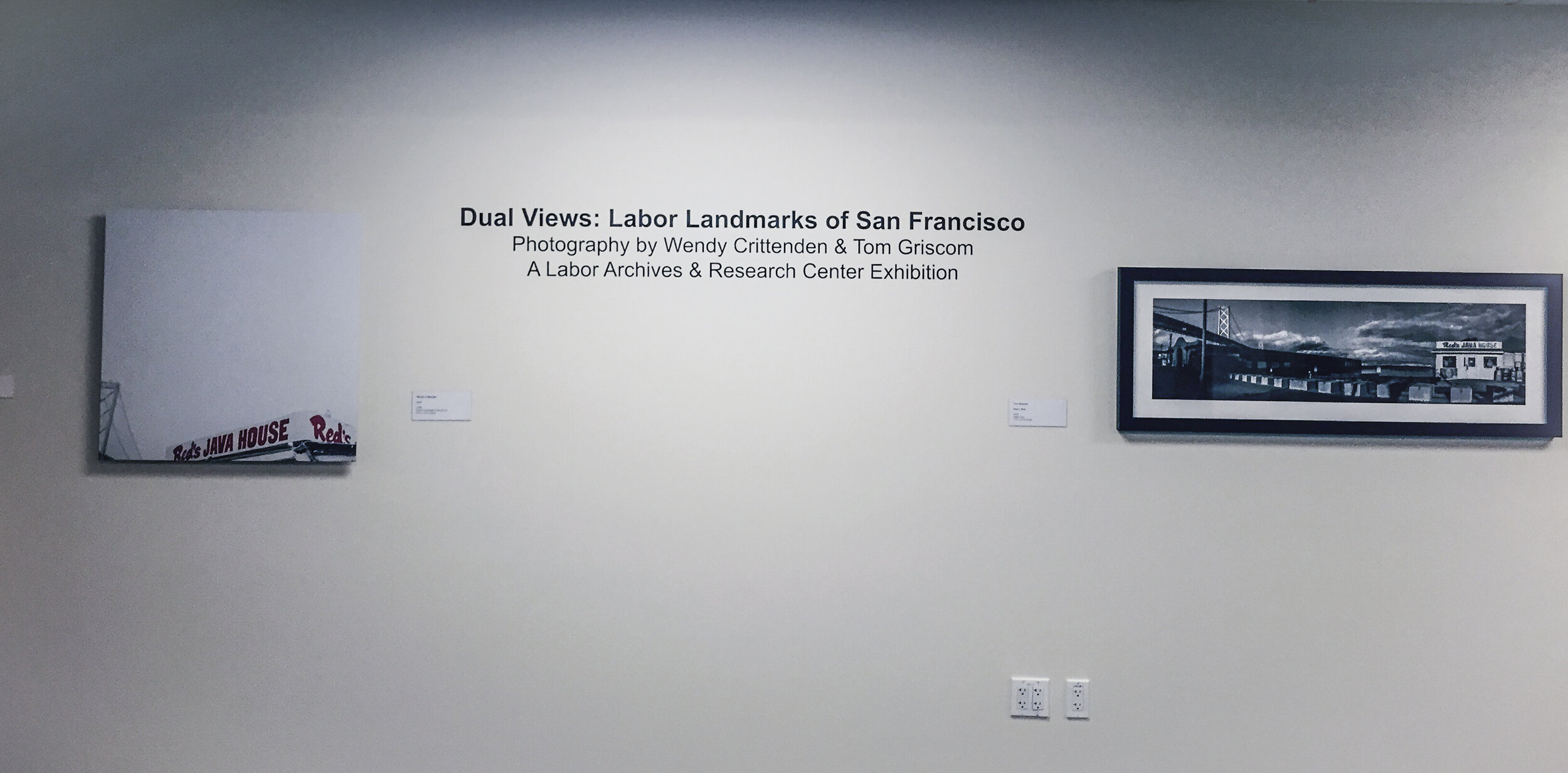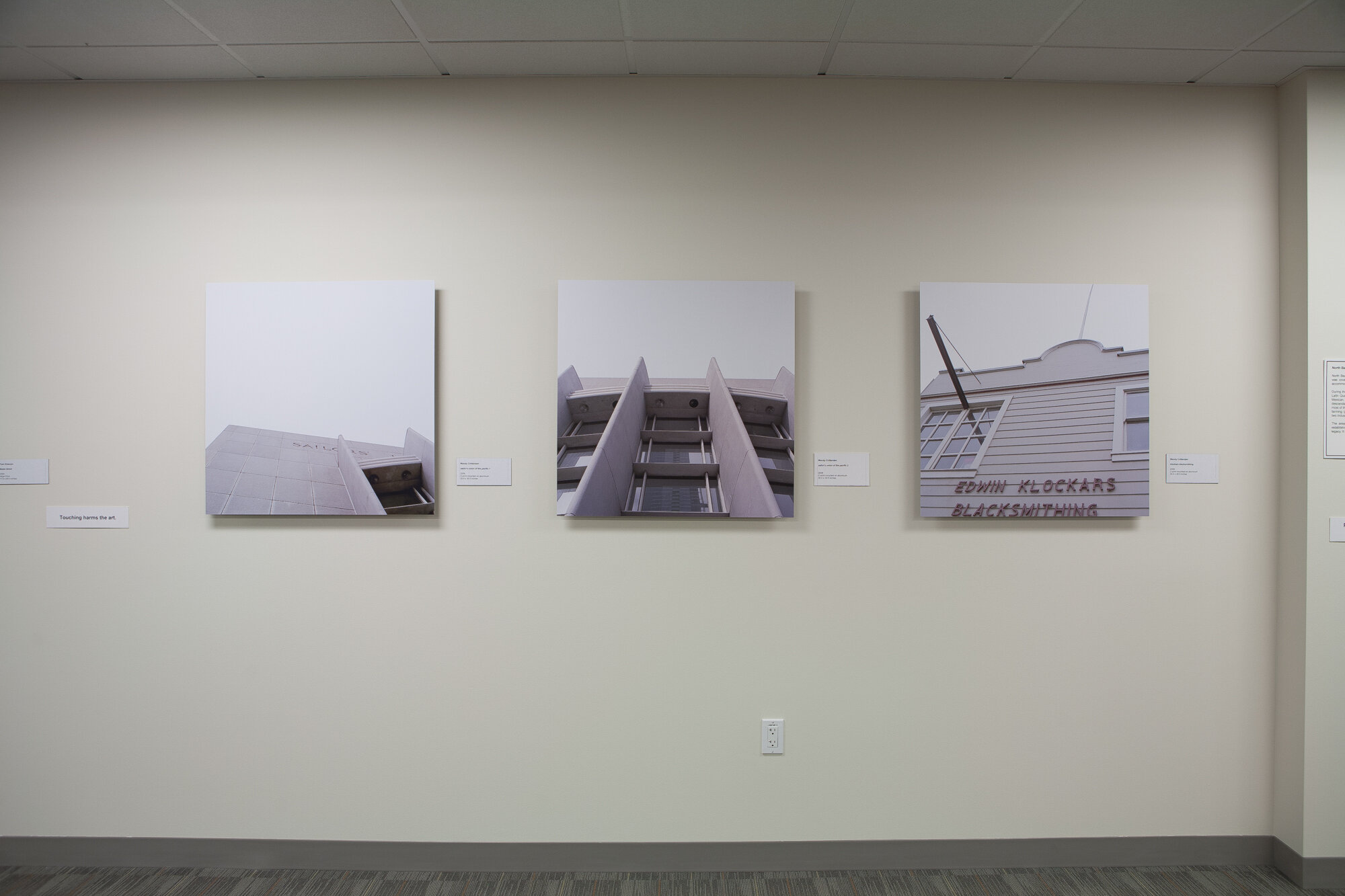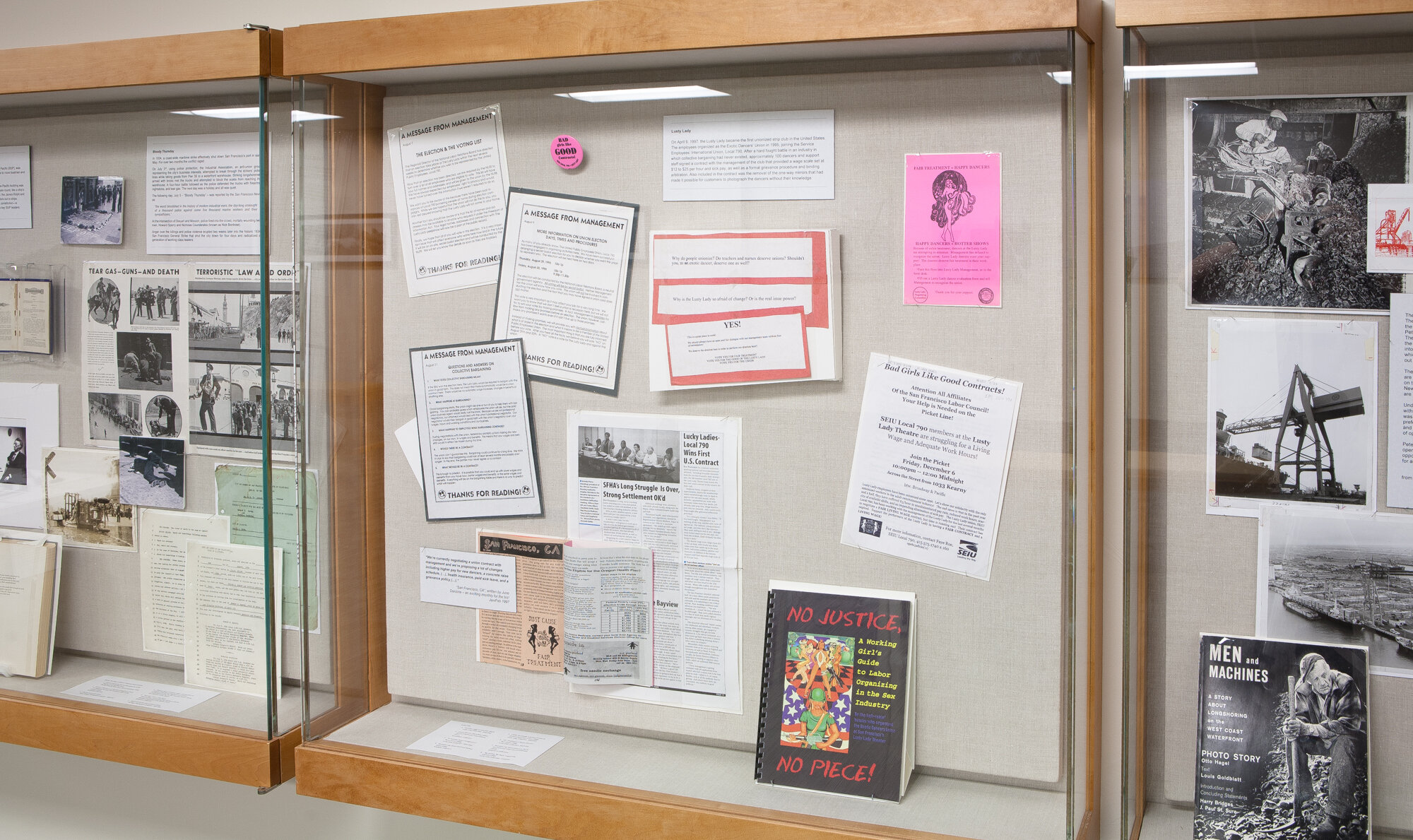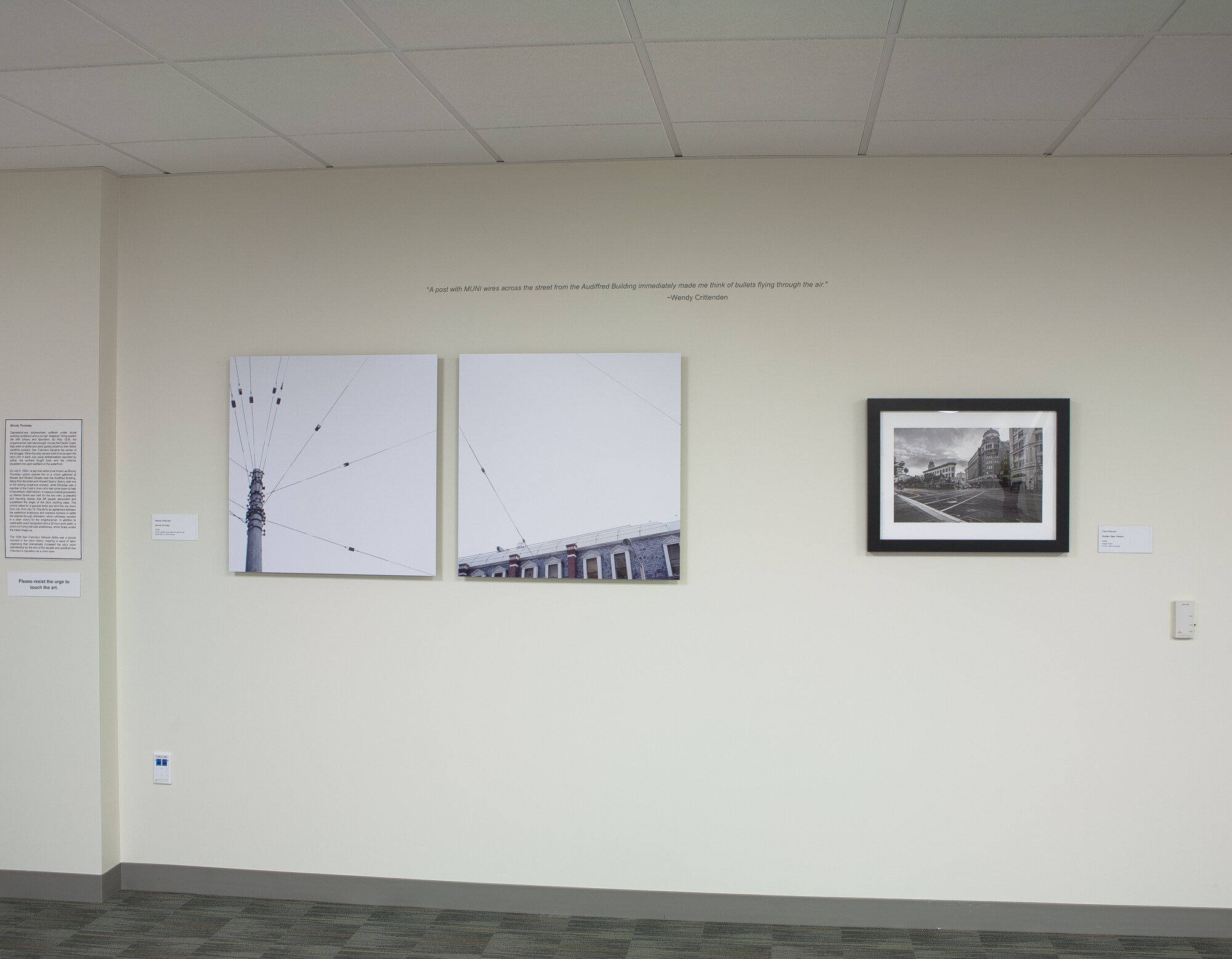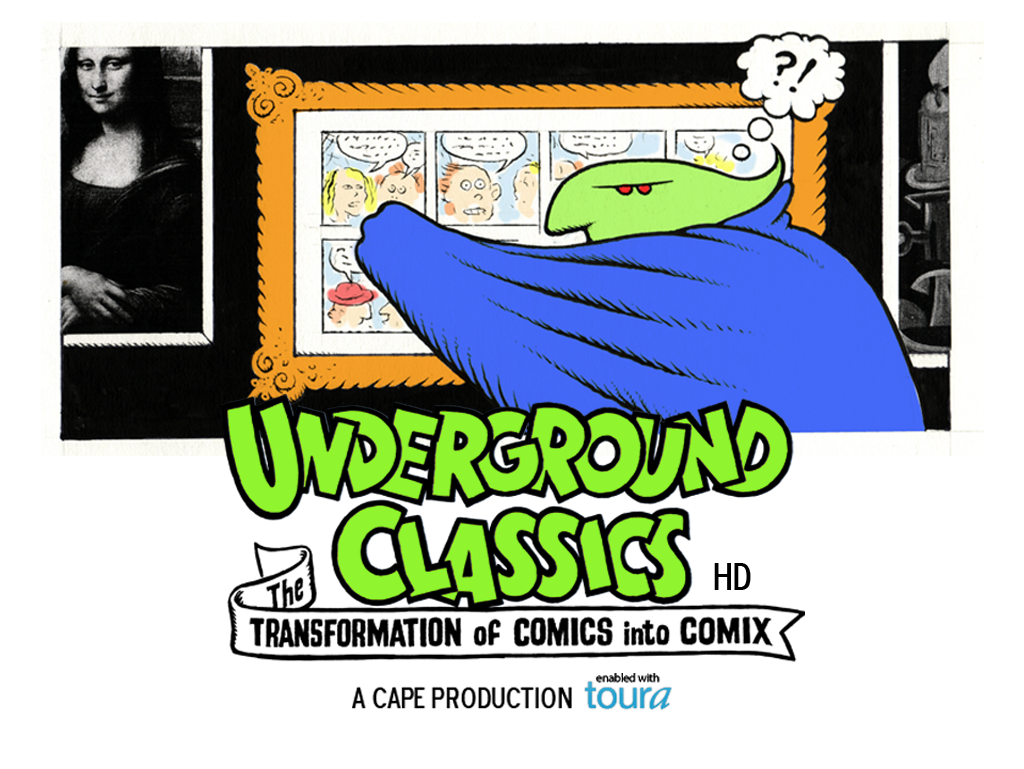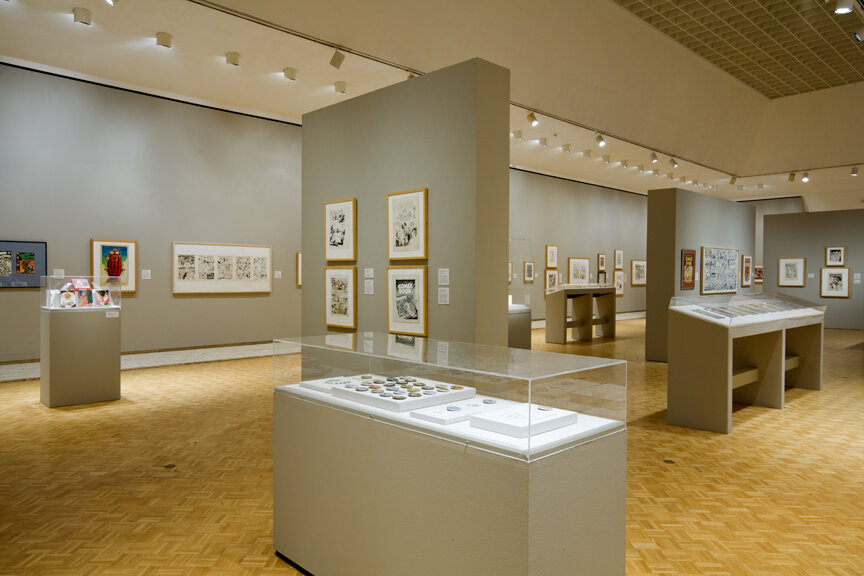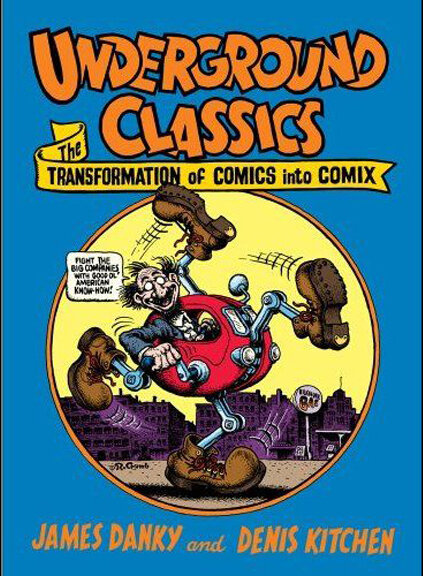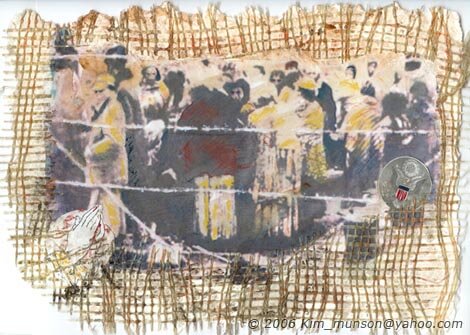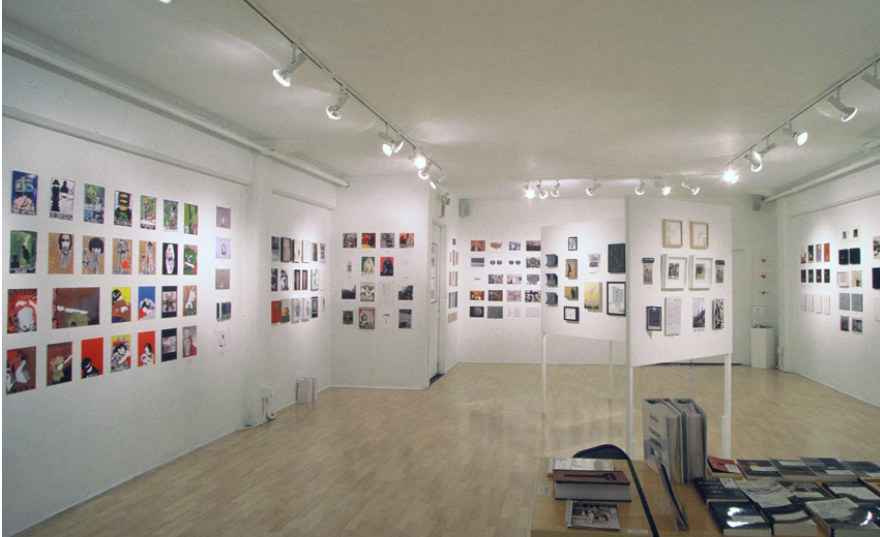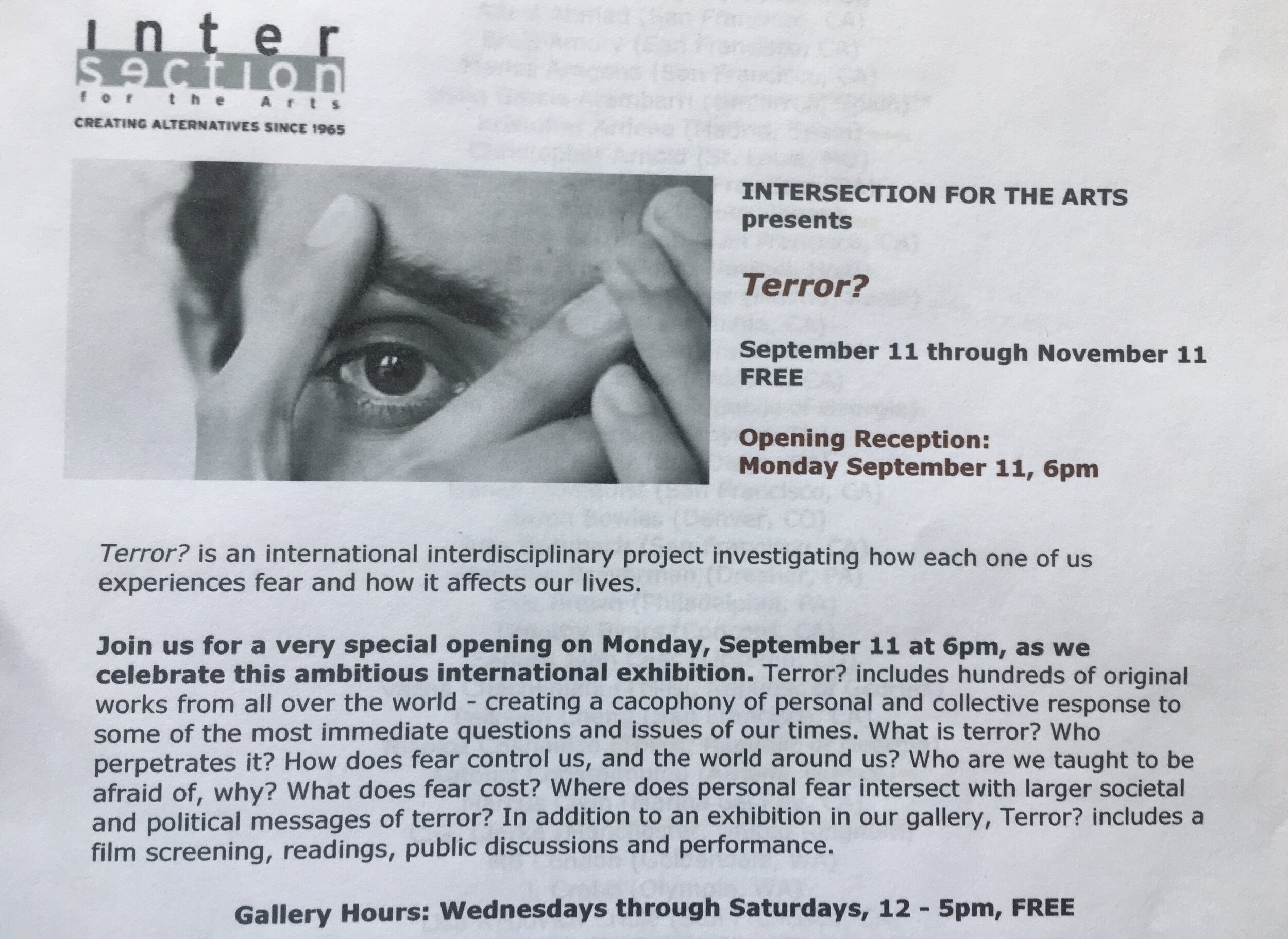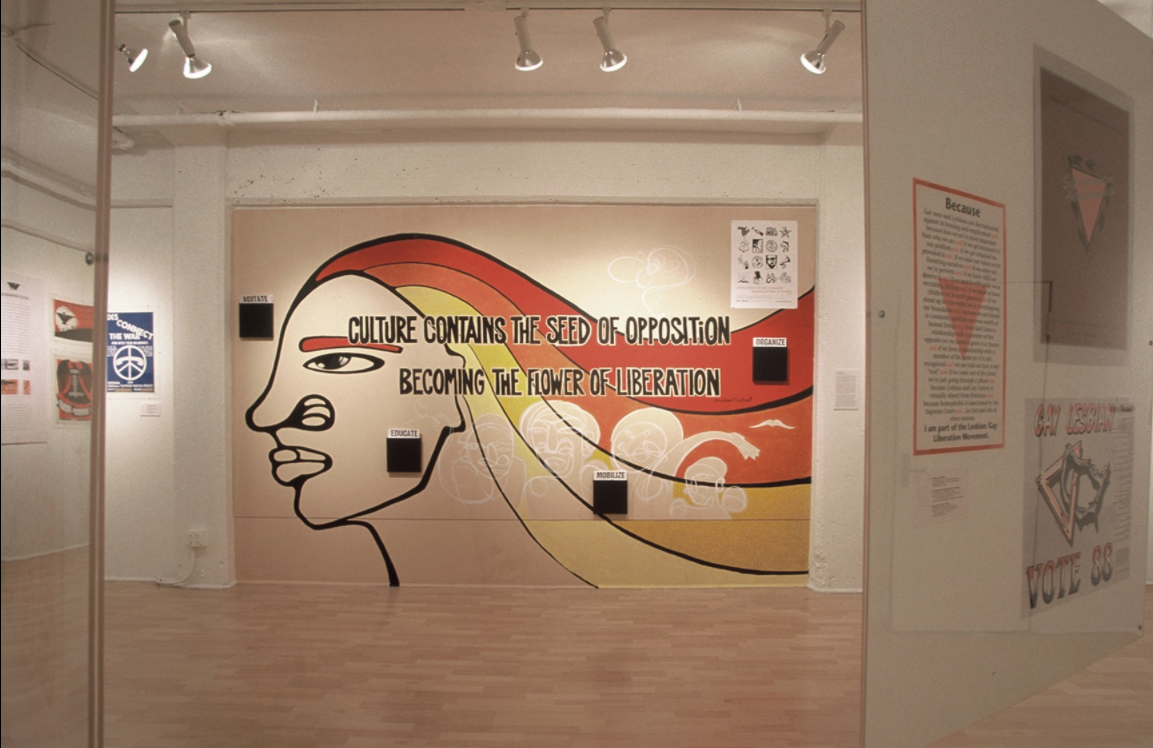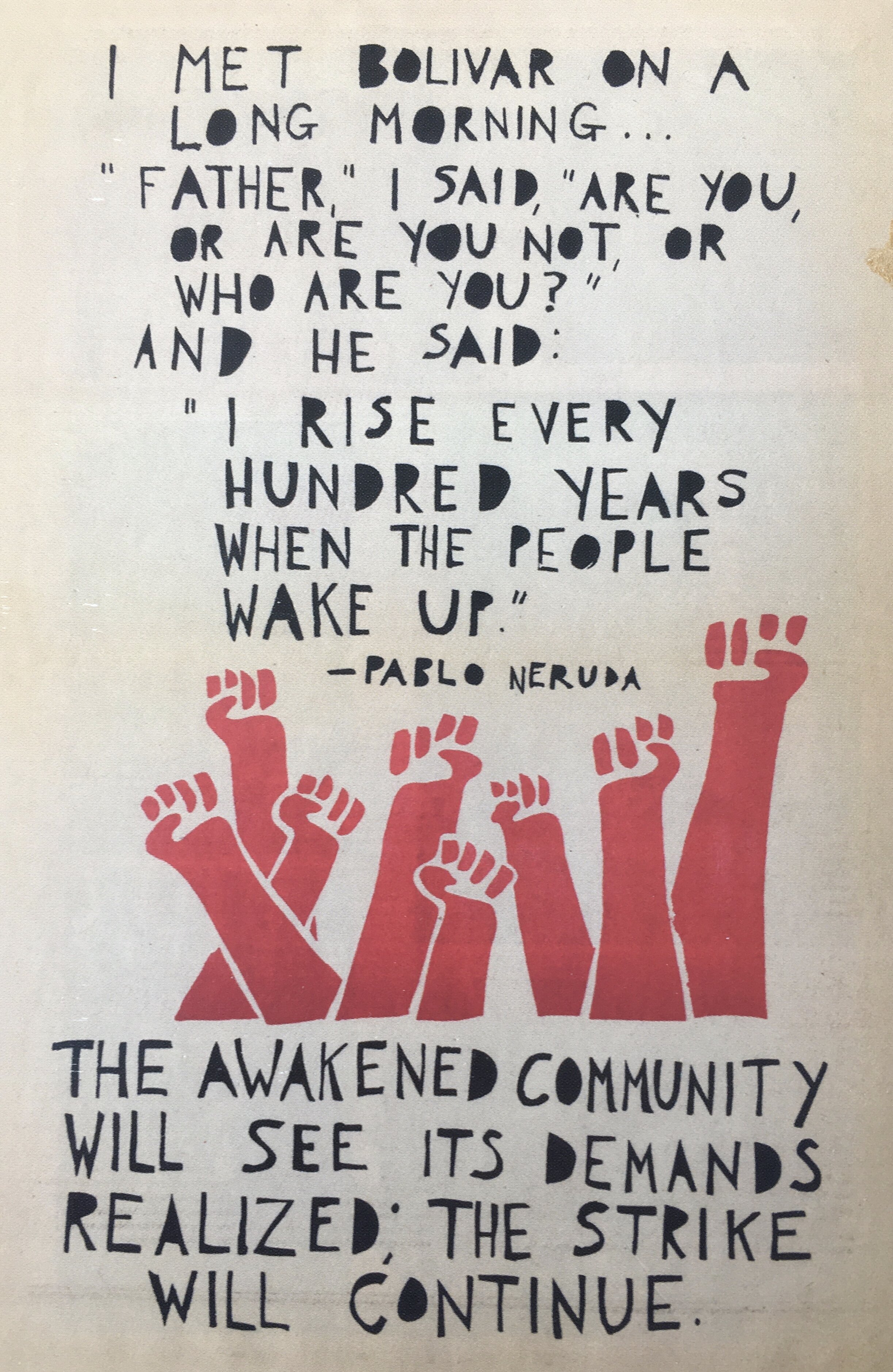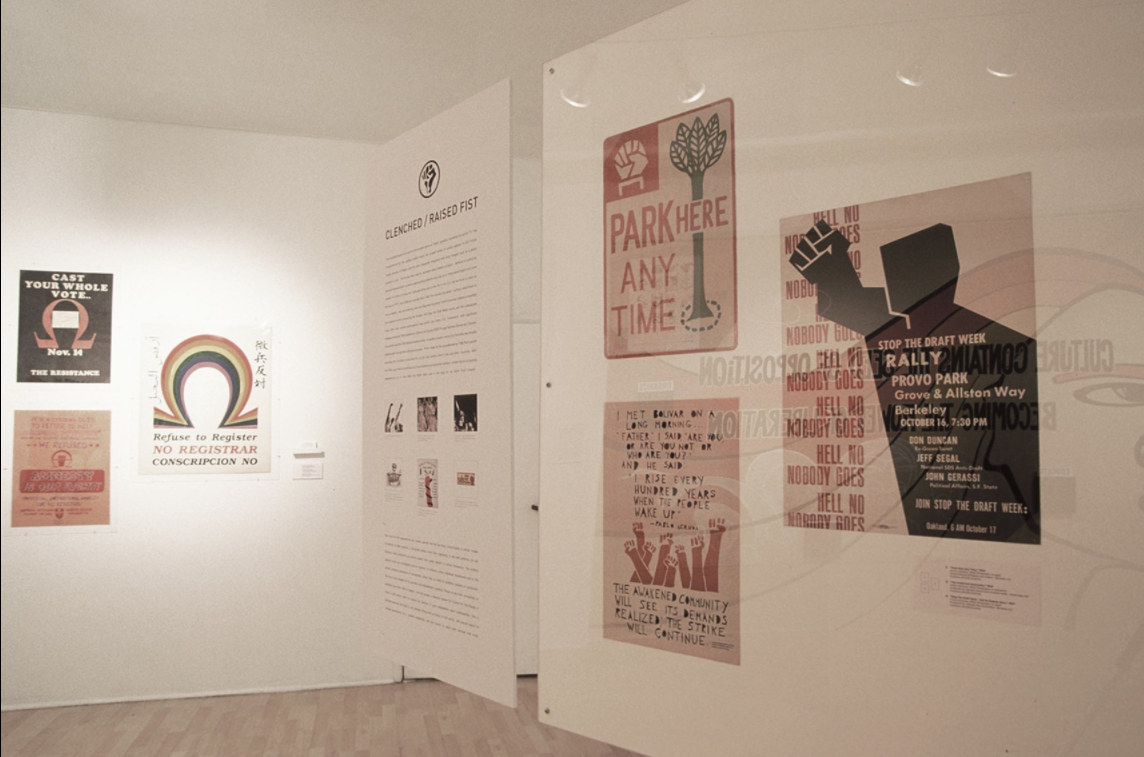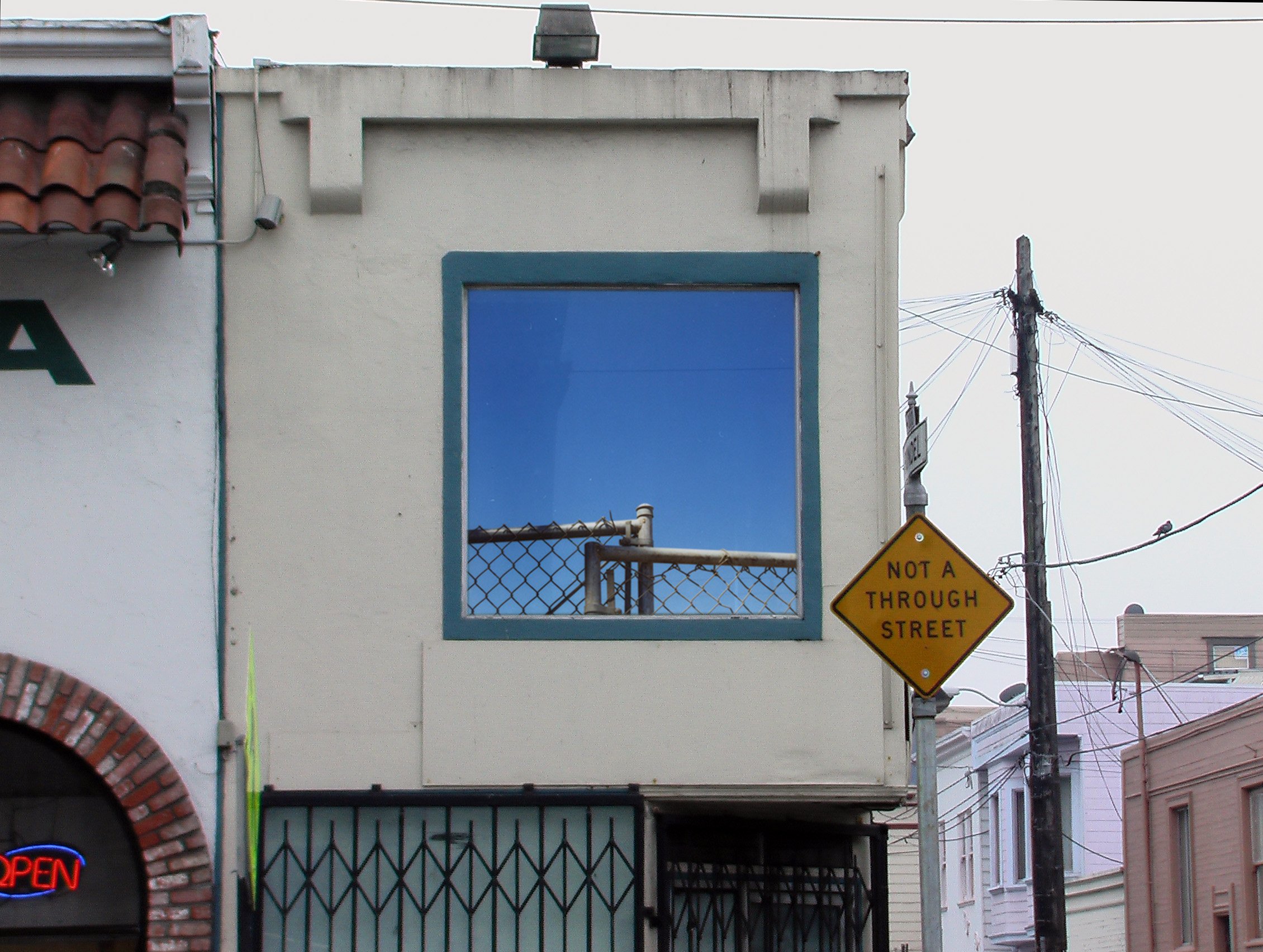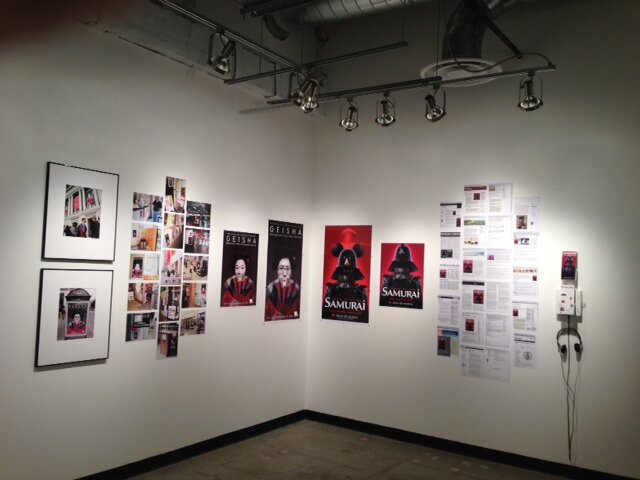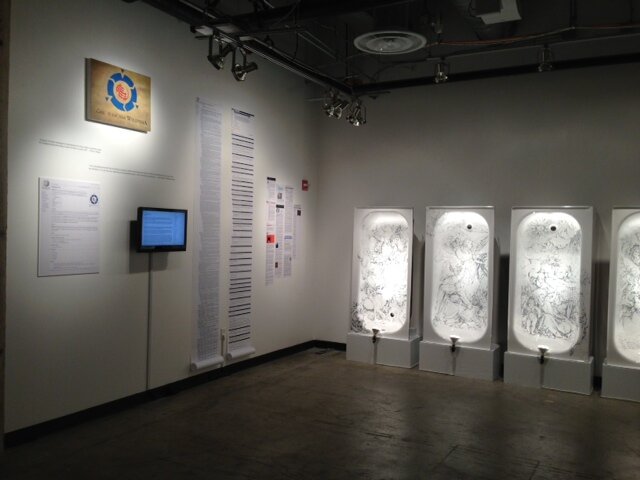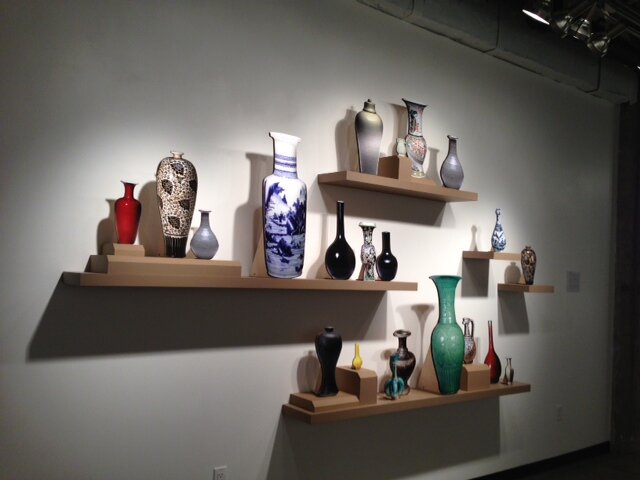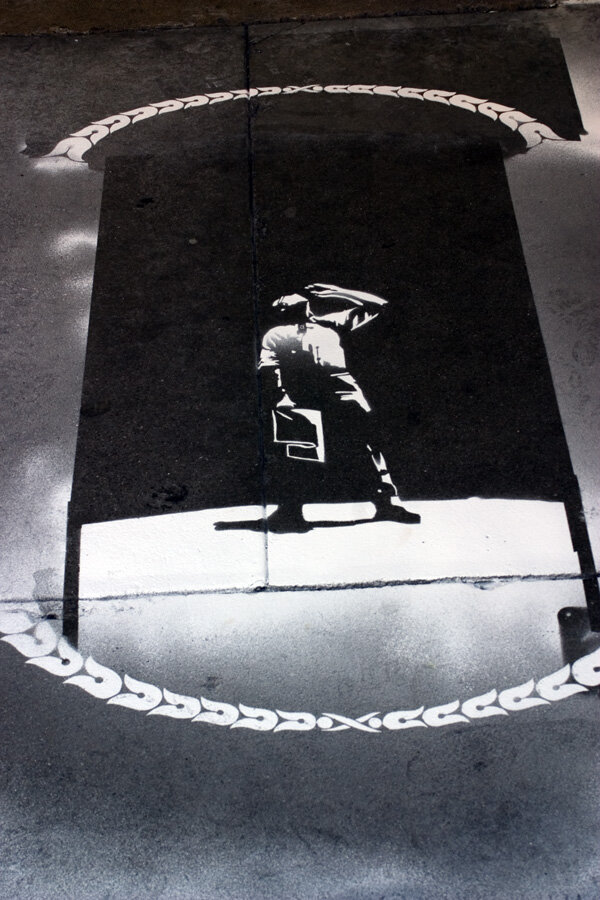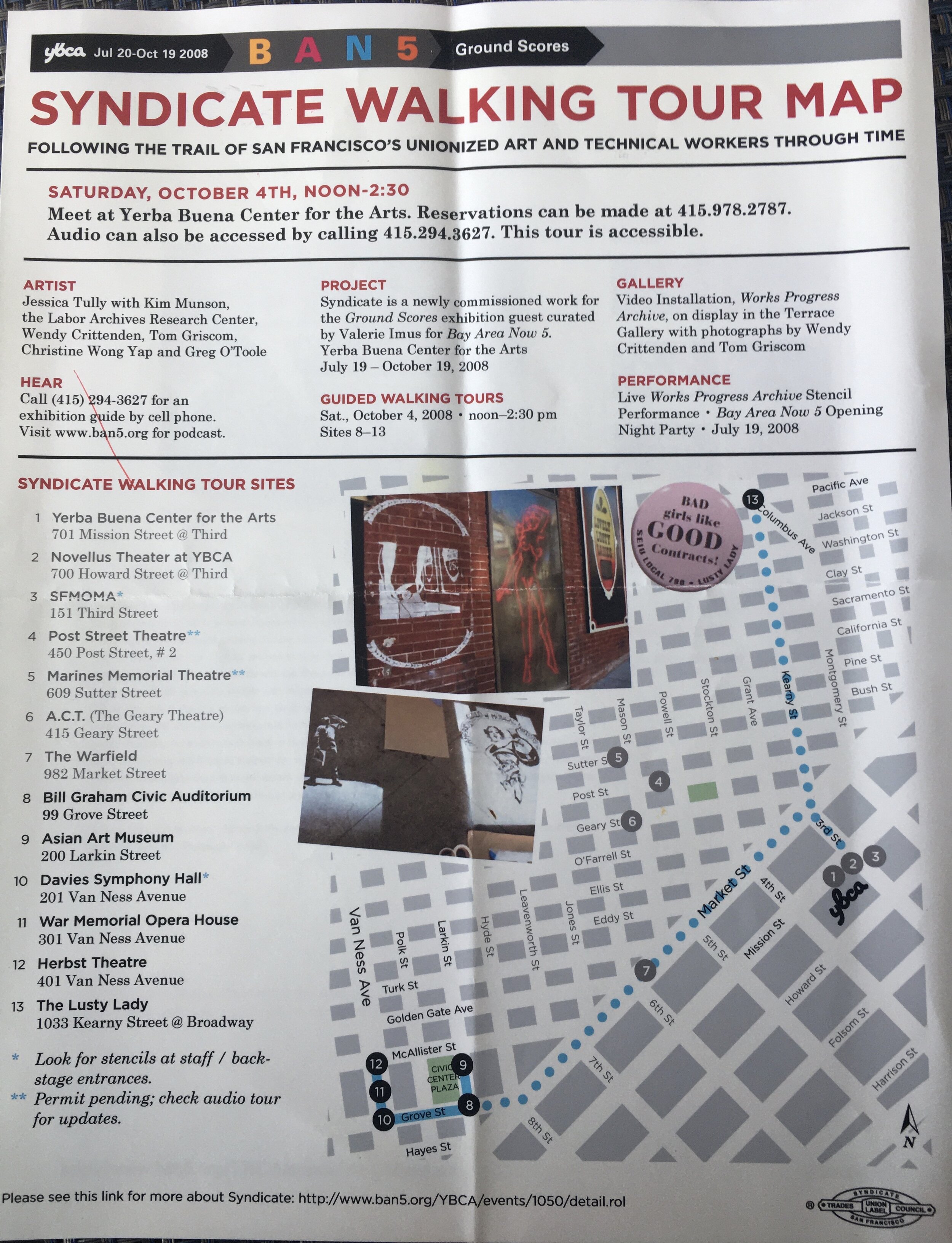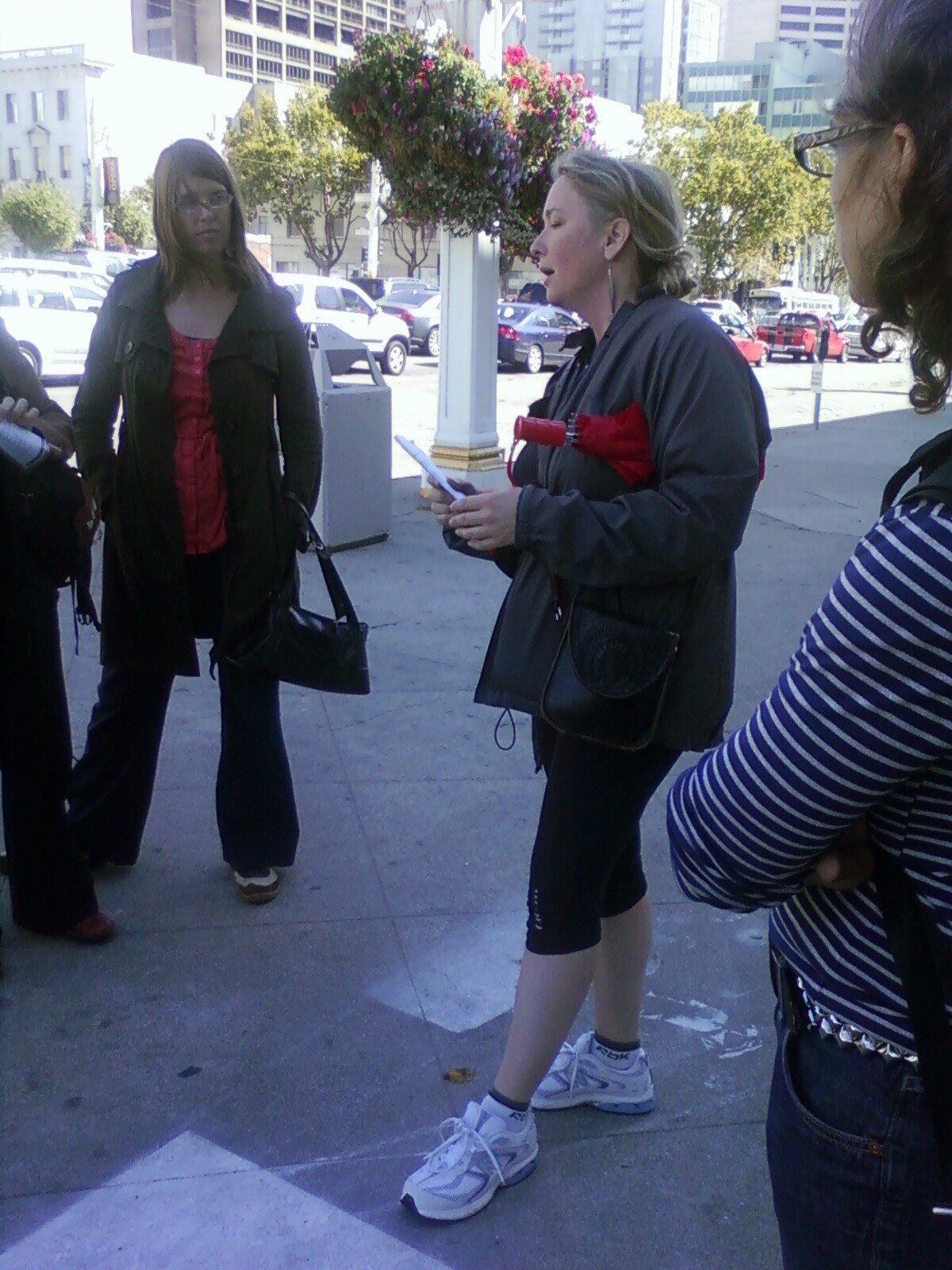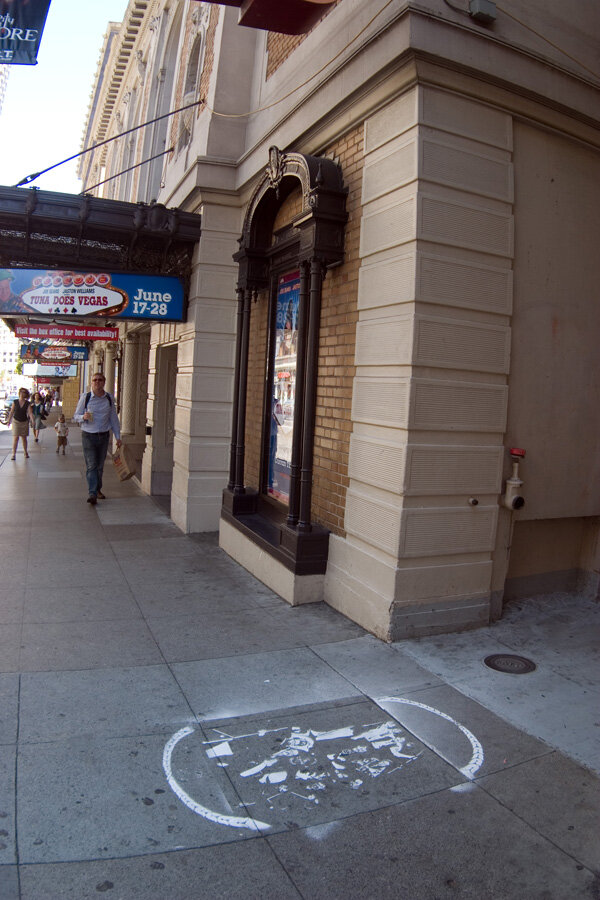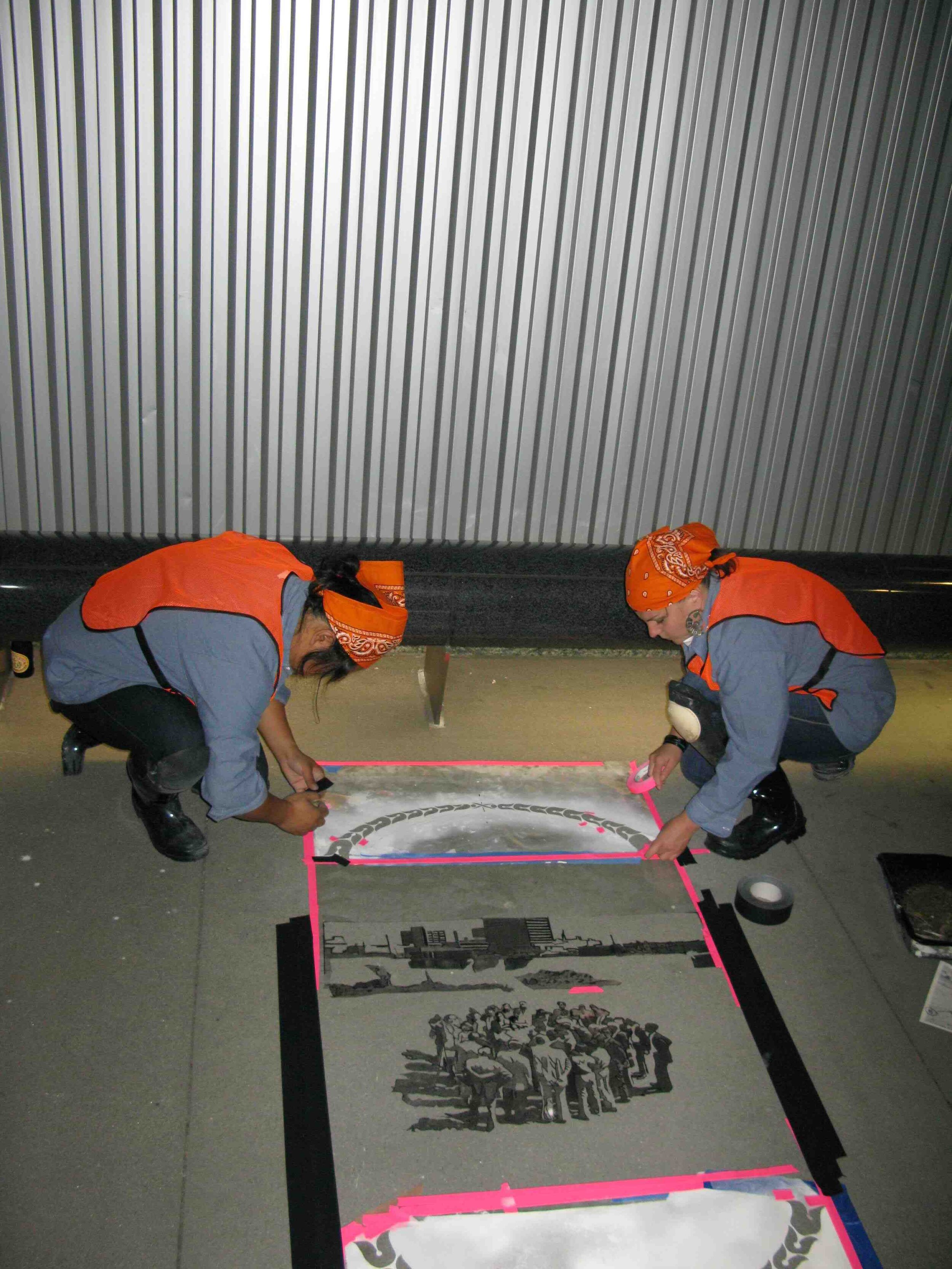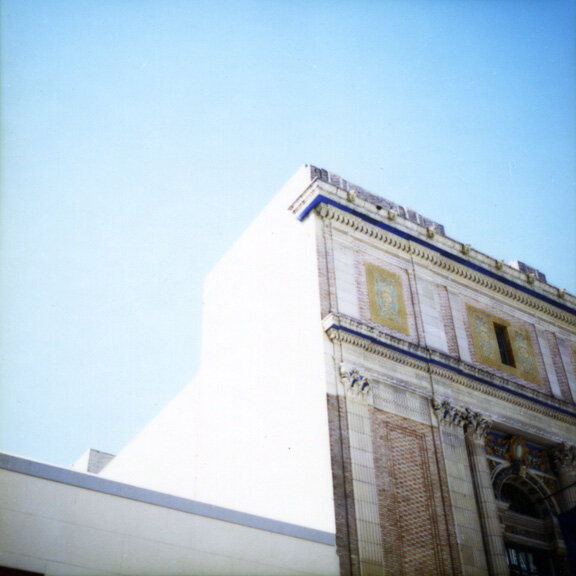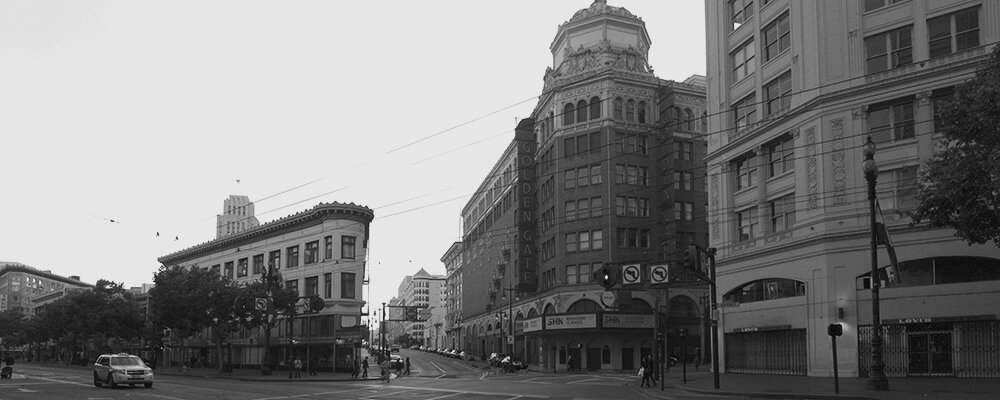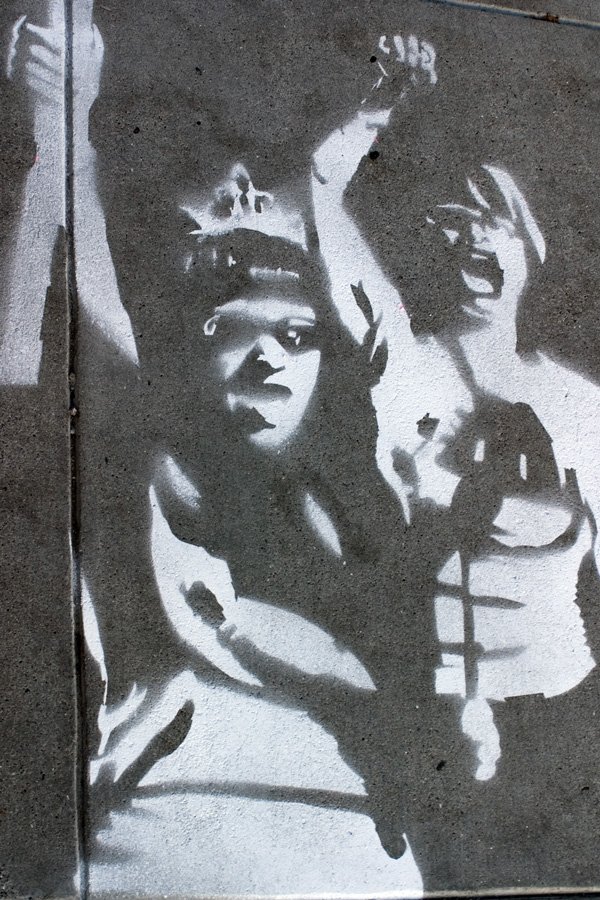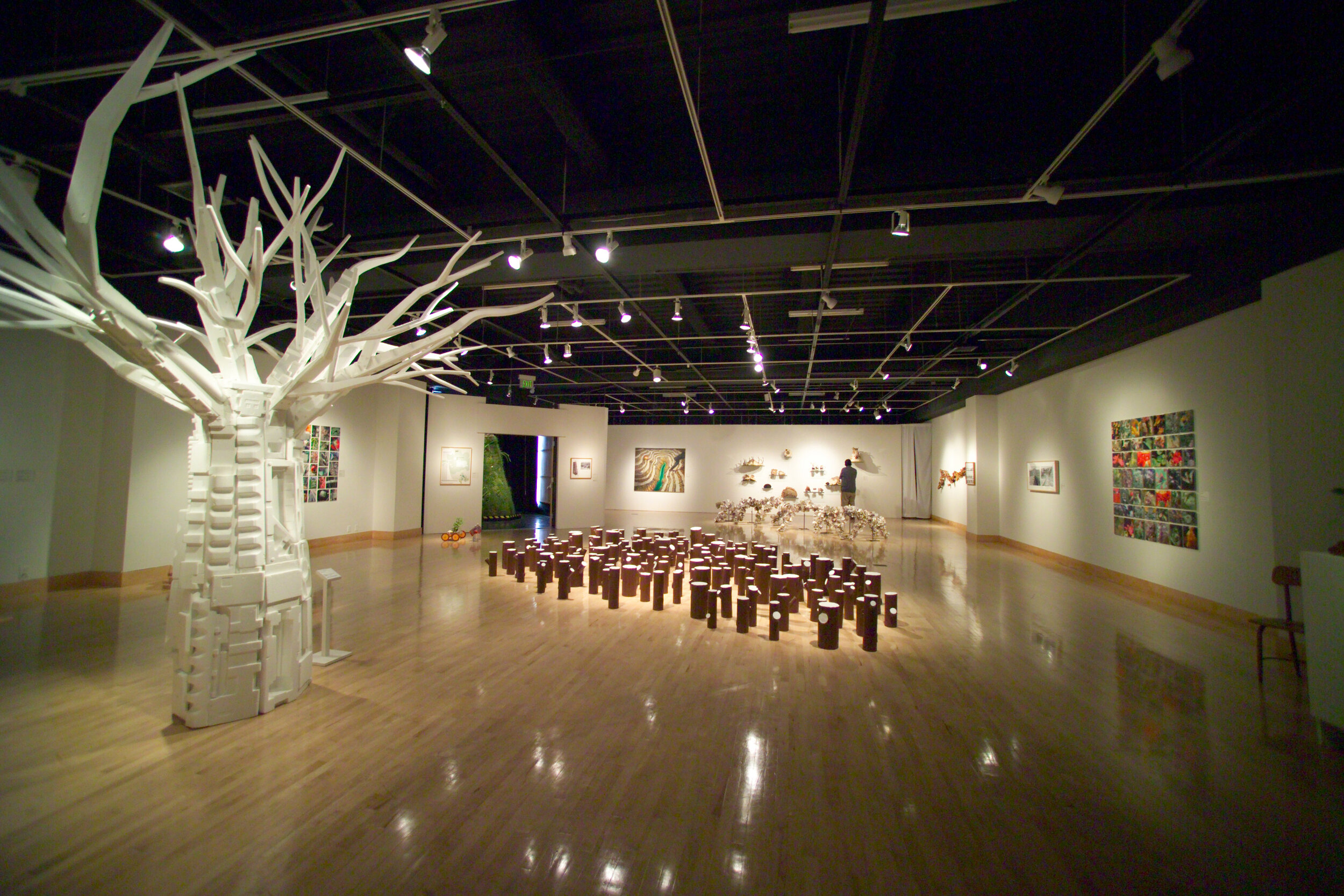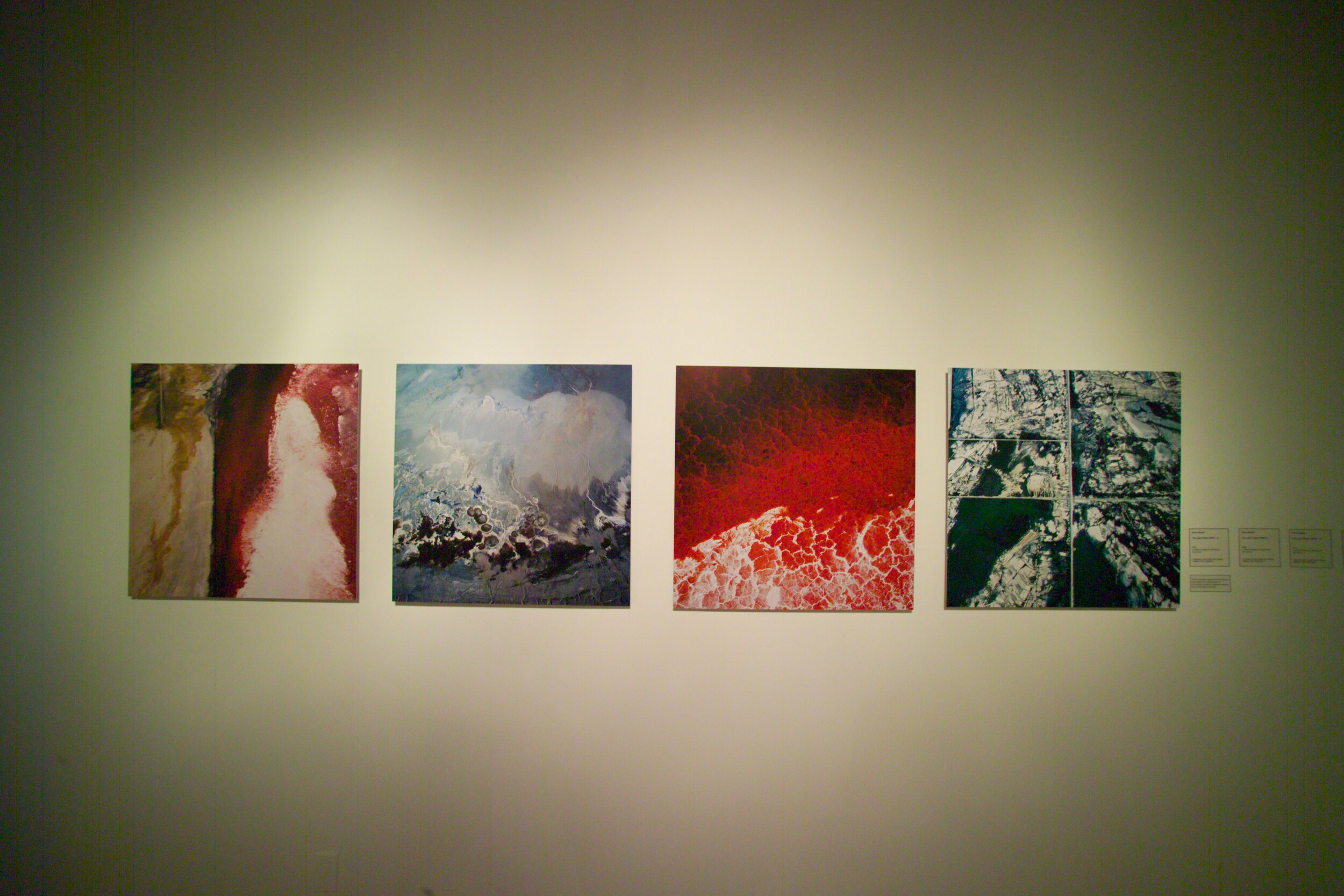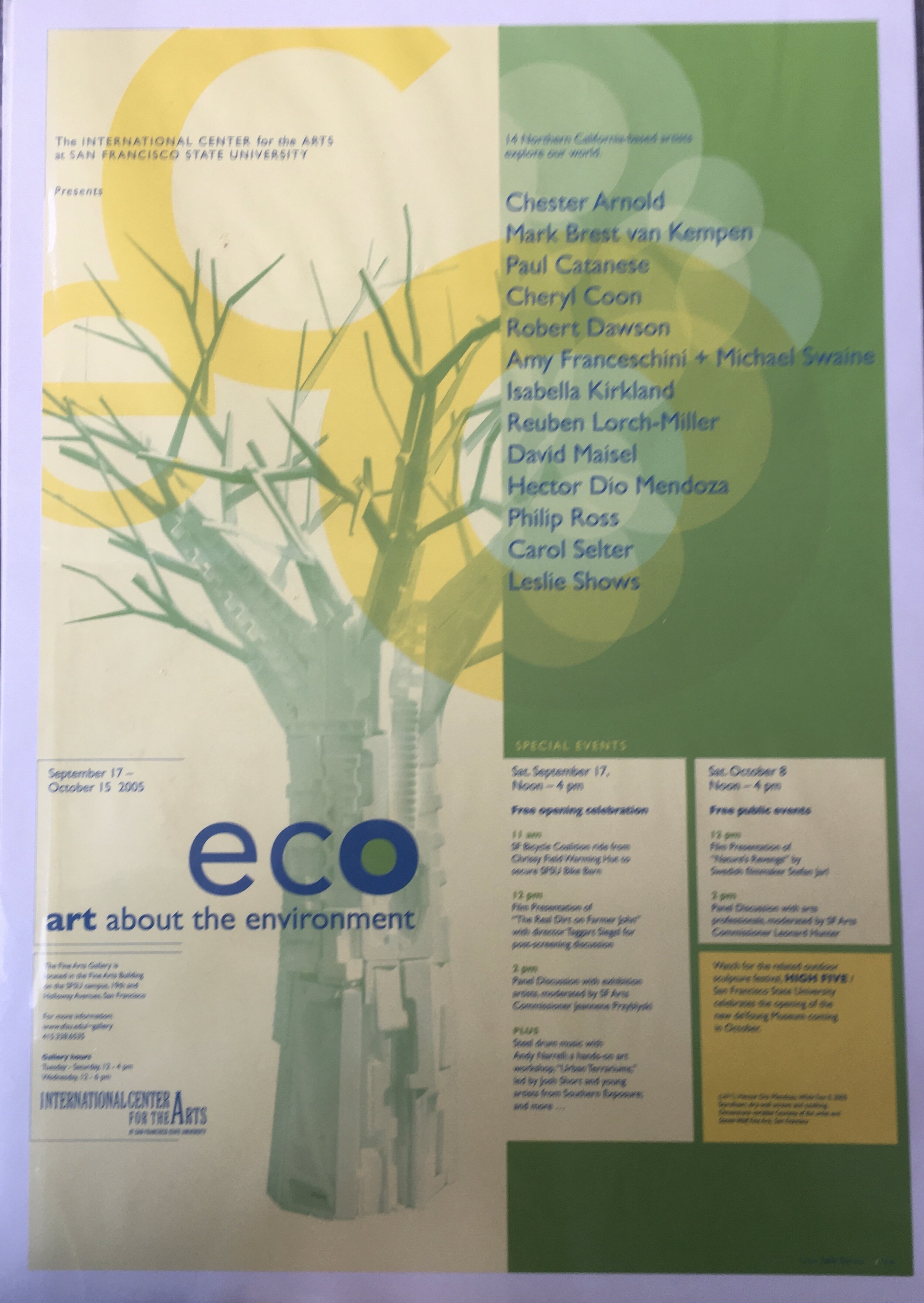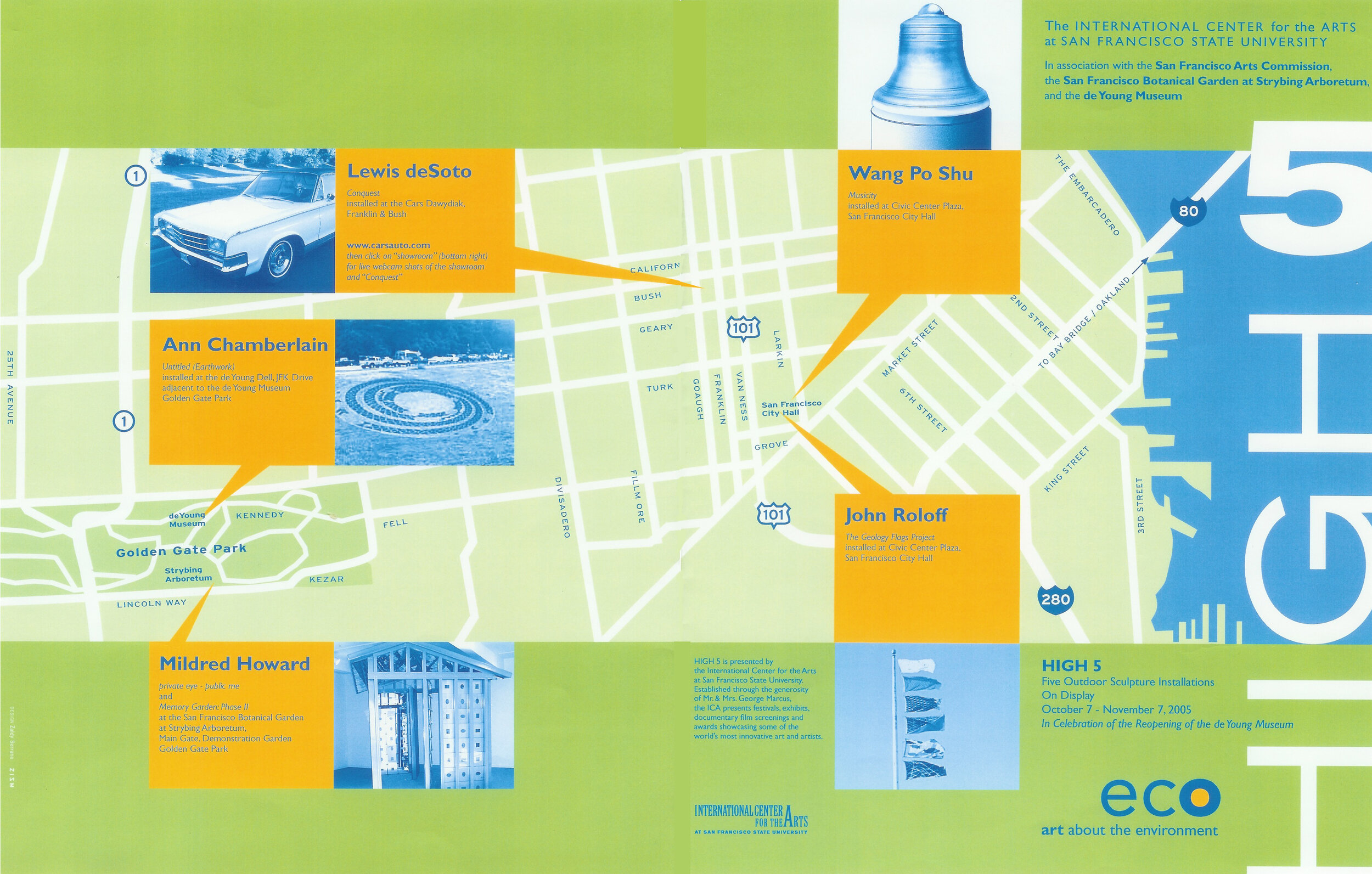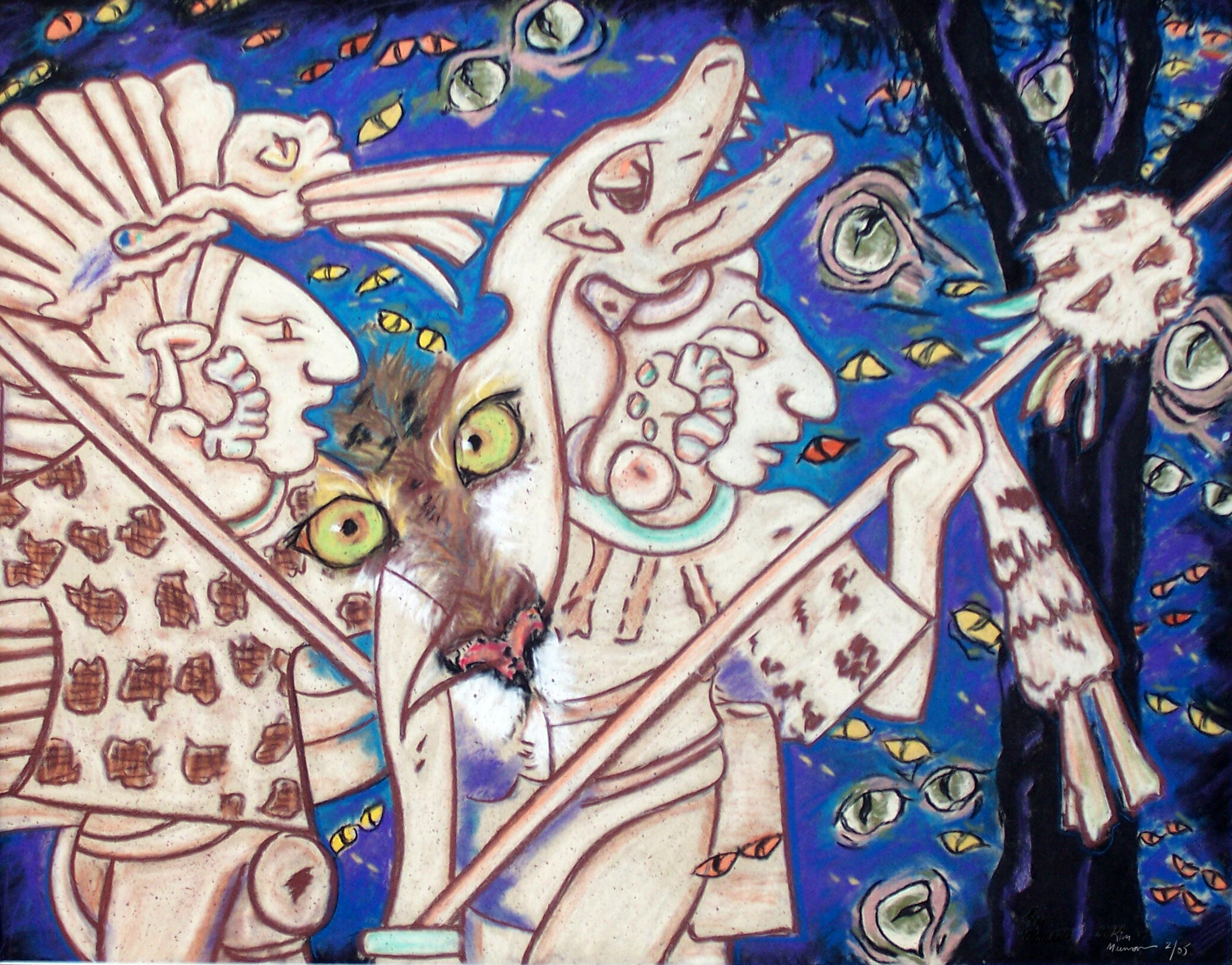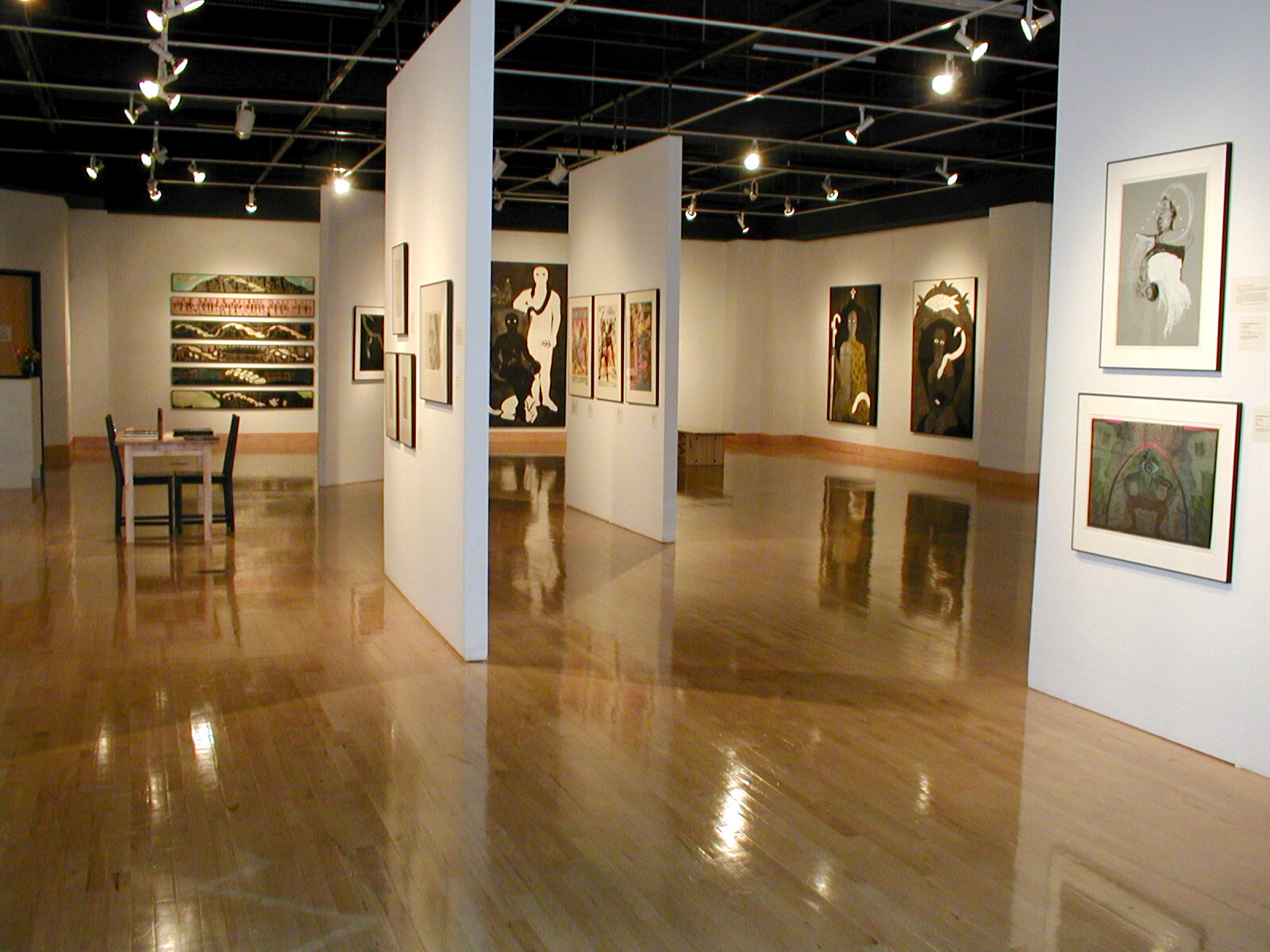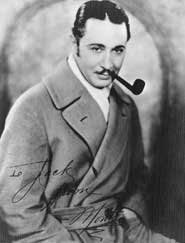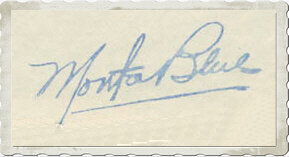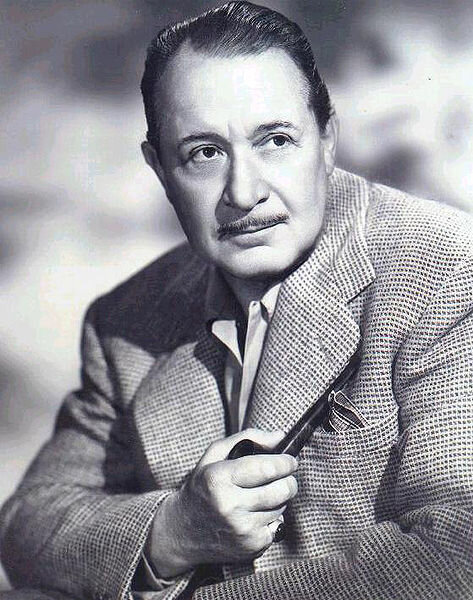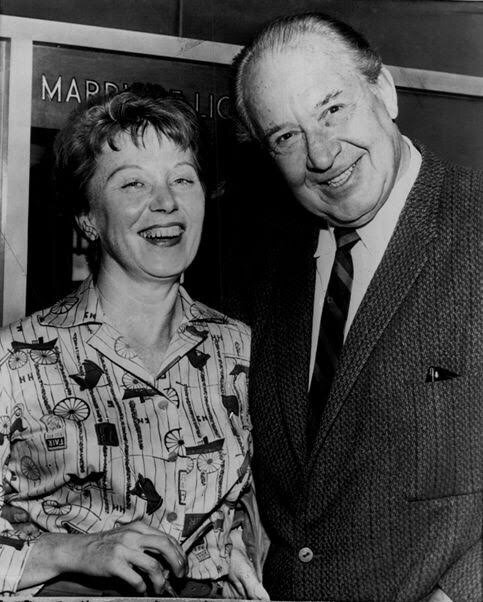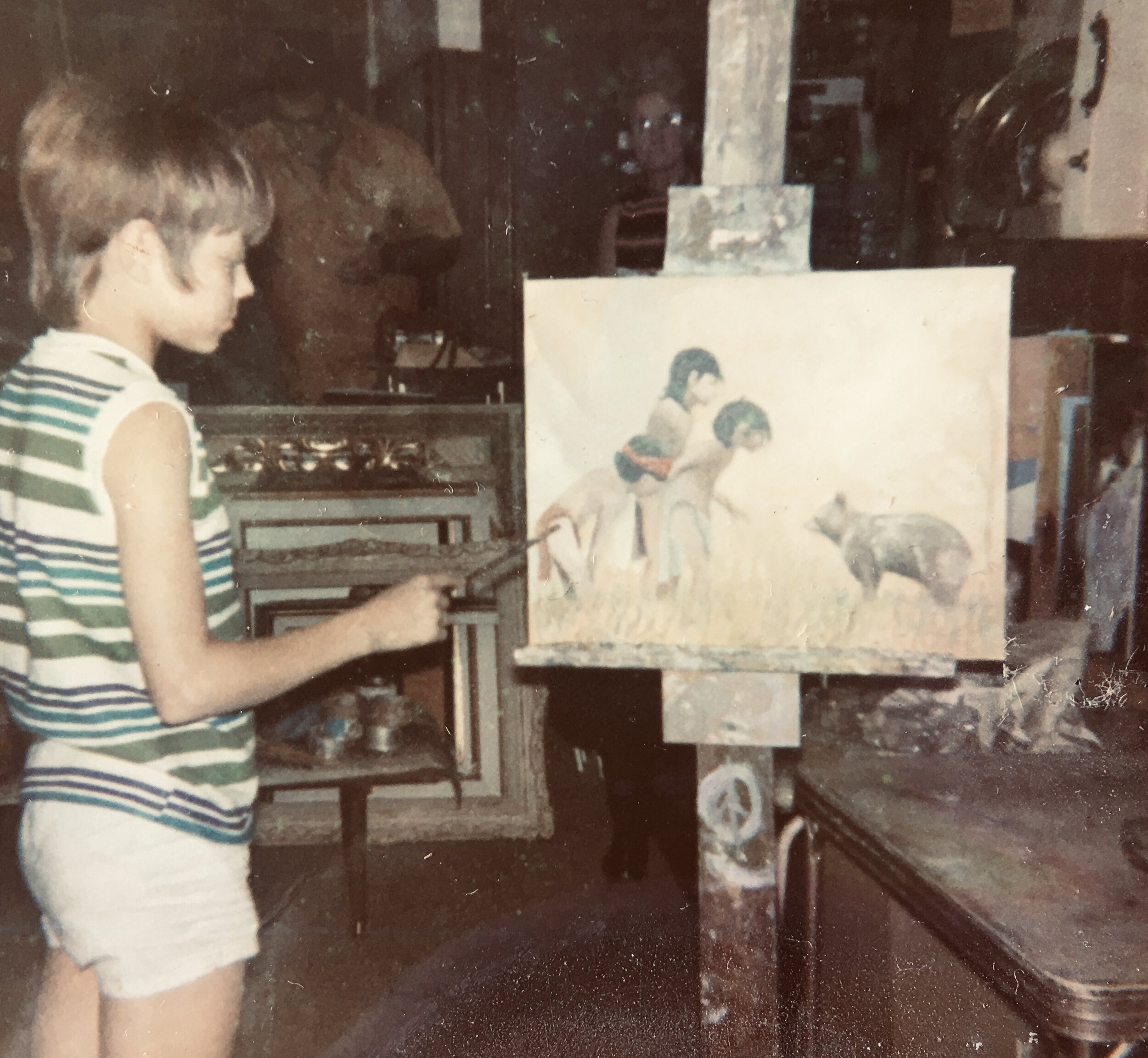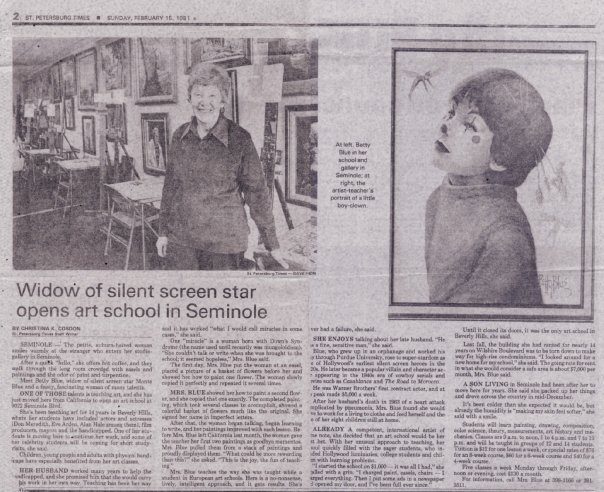San Francisco State University: Eco: Art About the Environment (2005), High 5 (2005), AfroCuba (2005), Witness to War: Revisiting Vietnam in Contemporary Art (2007). Kim worked on these shows as part of SFSU’s exhibition design class. Eco featured art by Chester Arnold, Mark Brest van Kempen, Paul Catanese, Cheryl Coon, Robert Dawson, Amy Franceschini + Michael Swaine, Isabella Kirkland, Reuben Lorch-Miller, David Maisel, Hector Dio Mendoza. Philip Ross, Carol Selter, and Leslie Shows. High 5, which ran in conjunction with Eco, celebrated the re-opening of the de Young Museum with public art in Civic Center and Golden Gate Park. The High 5 were Lewis DeSoto, Ann Chamberlain, Wang Po Shu, Mildred Howard, & John Roloff.
Independently of the class, Kim was hired to coordinate public programming for Eco and High Five with the SF Arts Commission, the Fine Arts Museums, the Stribling Arboretum, SFSU, and KQED. Kim also displayed her own pastel paintings in student exhibitions at the Legion of Honor Museum, including The Jaguar Twins in the Underworld, shown above.
Witness to War featured artwork by Thai Bui, Binh Danh, Harrell Fletcher, Joyce Kozloff, An-My Lê, Dinh Q. Lê, Daniel Joseph Martinez, Long Nguyen, & Martha Rosler. Kim also organized public programs for this show.
Afrocuba displayed the work of 26 artists residing in Havana and Santiago de Cuba, included 60 prints and drawings masterfully executed in a variety of techniques, among them lithography, collagraph, woodcut, screen print, and ink and crayon drawing. It was the last faculty show curated by retiring Professor Judith Bettleheim. Artists displayed were José Julián Aguilera, Joel Aguilera Tamayo, Raúl Alfaro Torres, Belkis Ayón, Diana Balboa, Choco (Eduardo Roca Salasar), Juan Roberto Diago Durruthy, Nelson Domínguez Cedeño, Alexis Esquivel, Roberto Fabelo, Ramón Haití Eduardo, Jorge Knight Vera, Miguel Ángel Lobaina, Raúl Martínez. Manuel Mendive, Ibrahim Miranda, José Omar, Marta María Pérez Bravo, Armando Posse, Rafael Queneditt Morales, Mauricio Reyes Aranda, Arnaldo Rodríguez Olazábal, Elio Rodríguez Valdes, Israel Tamayo Zamora, & Rafael Zarza.

